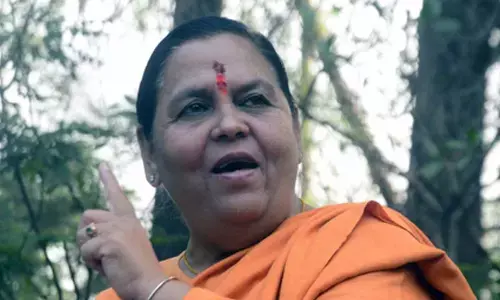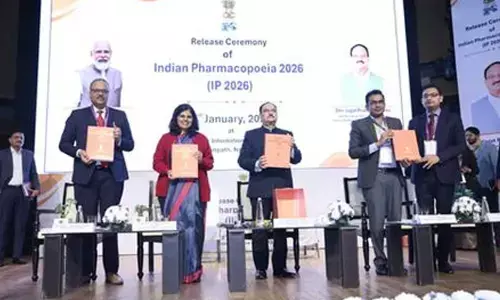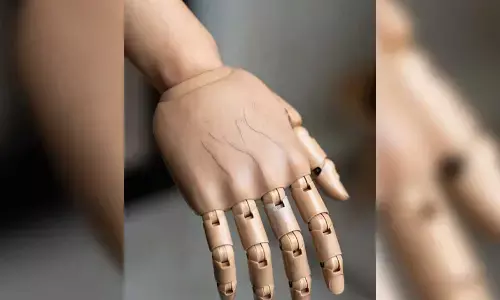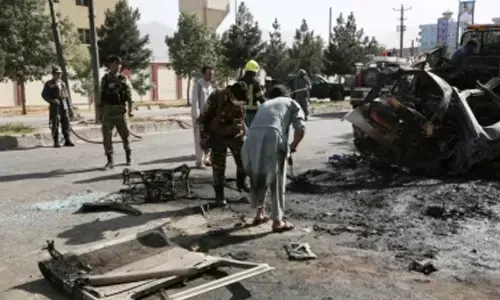Artistic Mastery of Antanio Xavier Trindade
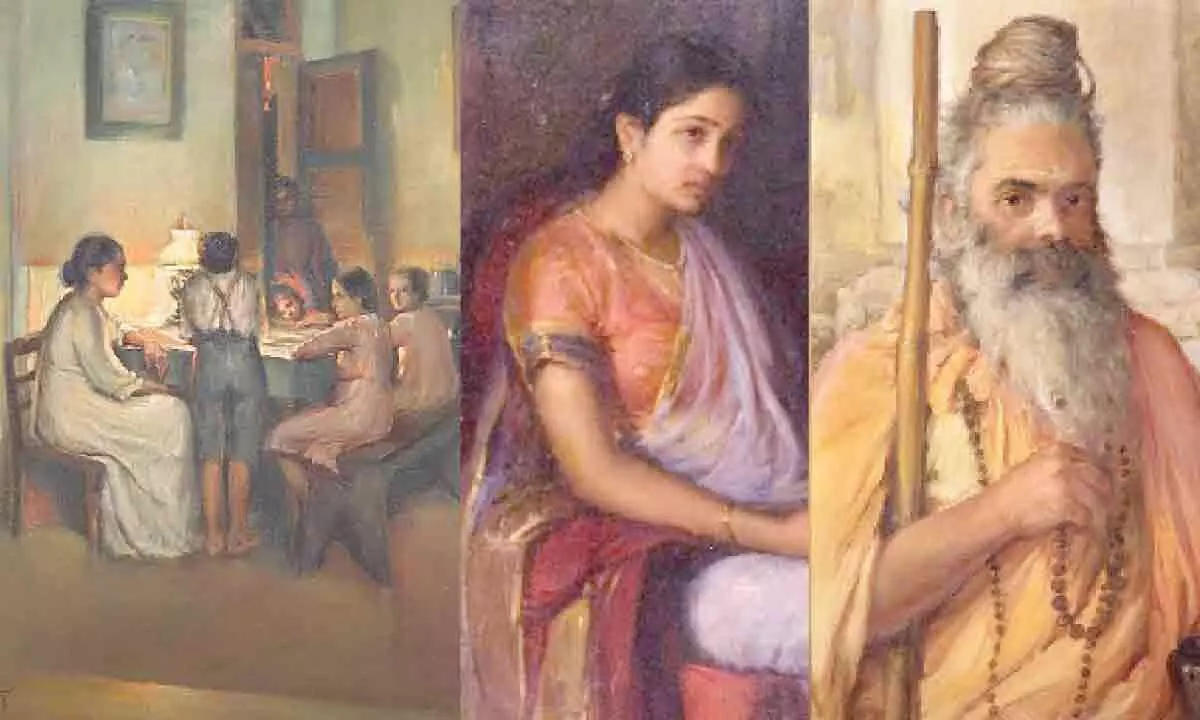
Antanio Xavier was an expert in Western illusionism and oil on canvas. He also mastered the European media.
Antanio Xavier was an expert in Western illusionism and oil on canvas. He also mastered the European media. His works are a physical resemblance to his models while maintaining elegance and dexterity. He was a major painter of the Bombay School in the early 20th century. He was born in Goa on July 3, 1870, and died on March 15, 1935.
Although many of Trindade’s works are still in the family’s possession, the Esther Trindade Trust gave a significant portion of his legacy to Fundaço Oriente in 2004. Among the pieces in the Trindade Collection are 63 works by the renowned Goan painter and 82 paintings by his daughter, Angela Trindade, who is also an excellent artist. Trindade, a contemporary of Ravi Verma and M V Dhurandhar, has paintings in collections of the National Gallery of Modern Art in New Delhi.
Before the colonial period, painters learned their craft via apprenticeships and passed it down through their families. The fashion and the subject matter had already been defined, and there was little room for originality. The support for traditional Indian artwork ended in 1857, marking the beginning of what is now known as the Modern Indian Art era.
The newly founded colleges were responsible for the transmission of Western methodologies. Antonio was allowed to study painting with oil on canvas as well as painting with transparent watercolours. The establishment of art organisations has been facilitated by the provision of locations to display artwork. Antonio, active around the same era as Raja Verma, is recognised for his significant contribution to the development of modern Indian art. Aside from portraiture, Antonio’s other favourite subjects to paint include landscapes, still lifes, and naked studies.
Much like his contemporaries in Bombay, he did not respond to the nationalist rhetoric that was being used to Indianize art. Antonio is a Roman Catholic and fully proficient in English and Portuguese. He was brought up in Goa. He was fluent in the local language, Konkani. Antonio was a member of a sizable family and strongly connected to the local church. His grandfather Zeferino worked in the customs department, while his father Zeferino served in the Government of Goa and lat.
The nation saw the advent of colonial control in the middle of the 19th century, which is significant when trying to understand the beginnings and early history of the Bombay School of European painting. The Portuguese territory of Goa and the French territory of Pondicherry were the only two exceptions to this rule.
Modernising the nation resulted in a growing impact of European ideas and culture on the various social and political institutions. The century’s artists were well aware of their creative legacy, yet they wavered between accepting and rejecting it throughout their careers. In contrast to the European artists, the Indian artists used a more subdued approach. The painters of the colonial era had a one-sided perspective of the colonisers. Although art education was first implemented for financial reasons, the British Raj eventually developed a vested interest in using the arts as a weapon to cement and legitimise its colonial power.
The support for traditional Indian artwork was discontinued in 1857, marking the beginning of the modern era in Indian artistic production. Western methods were disseminated through the recently founded educational institutions.
Antonio was allowed to study painting with oil on canvas and painting with transparent watercolours. The establishment of art organisations has been facilitated by the provision of locations for the display of artwork.
Antonio, who lived in the same era as Raja Varma, played a significant part in developing modern Indian art and made important contributions. Antonio’s favourite subjects to paint include landscapes, still lifes, nude studies, and portraits.
At the time of his father’s passing, Antonio was just 16 years old, and after the tragedy, his tutors and other luxuries were taken away. His grandfather had not provided him with any financial stability, savings, or money for his retirement. After that, he decided to further his education in English and travelled to the neighbouring princely kingdom of Sawantwadu. His drawing teacher at the school spotted his creative aptitude and pushed him to enrol in the Sir J. J. School of Art in Bombay. He did so. In Bombay, where he also received his diploma, he stayed with monks. After that, he spent several years instructing drawing and painting at the high school level, after which he earned his master’s degree and began working as an art instructor at Sir J. J. School. He was blessed with eight children, one of whom, Angela, his second daughter and a painter of renown in India, was among his offspring.
Antonio was usually charitable and beautifully dressed, wearing clothing that had been hand-fitted. He often gave enormous amounts of cash to anyone who was begging. Provided their family, friends, and neighbours with interest-free loans. He ensured that his family had nothing they needed for their comfort. The enjoyment of music was a fervent interest. The sponsorship of the arts, which is related to the influence of the area, and then the imperial court.
Trindade’s work comprised some personal household settings involving members of his family, servants, and itinerant mendicants, in addition to the penetrating oil portraits of well-known individuals of his period that he painted in oil. One contemporaneous writer referred to him as the “Rembrandt of the East” due to the depth of psychological sense and purity of tomes evident in his oil paintings.
Because of his insightful interpretations of many Christian topics, Trindade’s religious upbringing sets him apart from others of his countrymen. The Sir John Cass School of Art is credited with introducing students to the art of watercolour landscape painting, which the students excelled at.
The lyrical effects of Trindade’s delicate watercolours in this work are reminiscent of and frequently reflect a yearning for his native Goa and numerous locales in Maharashtra.
Compared to the other painting schools, the Bombay School of painting is particularly notable. He was well-versed in Buddhist and Islamic topics, to which he supplied subject matter, and he was familiar with Hindu mythology.
In the beginning of his career, Trindade was highly compensated for the portraits of Hyderabad nawabs that he painted on contract. During the First World War, he and his family faced many challenges and were forced to sell paintings in order to purchase food. He worked at the most prestigious photographic studio in Bombay, Raja Deen Dayal, during his free time and while on vacation. He was utterly enthralled by the articles on feminist suffrage that Mrs. Solomon had given him to read in various journals.
Art historian Baburao Sadwelkar emphasised the significance of the Gold Medal Award given out by the Bombay Art Society as the most prestigious accolade that can be bestowed upon an artist in India.
The family’s first home was in the Dhobi Talao neighbourhood in the suburbs of Bombay. After the birth of his third child, Gabriel in 1907, however, they relocated to the Mahim neighbourhood of the north Bombay area in order to get away from the plague that was sweeping through the city.
Angela, the younger daughter of a Mahim-born artist. Artist and gallery owner Raja Deen Dayal. Most of these works of art are housed in the palaces of the princely kingdoms of Hyderabad and others. The Bombay Art Society awarded Trindade the gold prize in 1931 for his work.
Trindade’s paintings don’t fully capture his nuanced character, his devotion to his loved ones, or his times of extreme generosity and financial recklessness interrupted by his struggles to make ends meet.
At the ripe old age of 42, he painted his self-portrait in Green (1912) in a western pictorial style with an elegant finishing touch is a gold watch chain or gold necklace.
Among his collection at NGMA, Delhi, is the notable work of a woman in a saree with a depth of emotion which connects to the Indian Nayika’s. Some of his famous artworks are Armenian Sisters- 1932 (Abandoned or destitute woman with children), Sanyasi, Portrait of Dr. Annie Besant, An English suffragetter, 1927, Mis Ferns, A Writer, Artist Family by Lamplight 1916, Terrace View, Mahim, Bombay, 1930 and soon.
(The writer is an Assistant Director on deputation with the National Gallery of Modern Art, Ministry of Culture, New Delhi)











